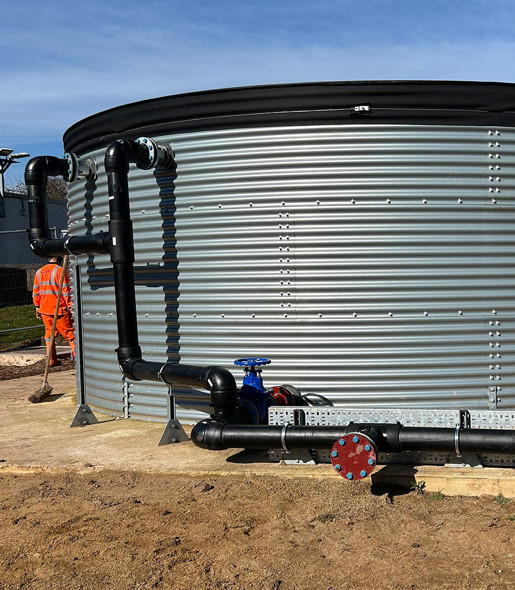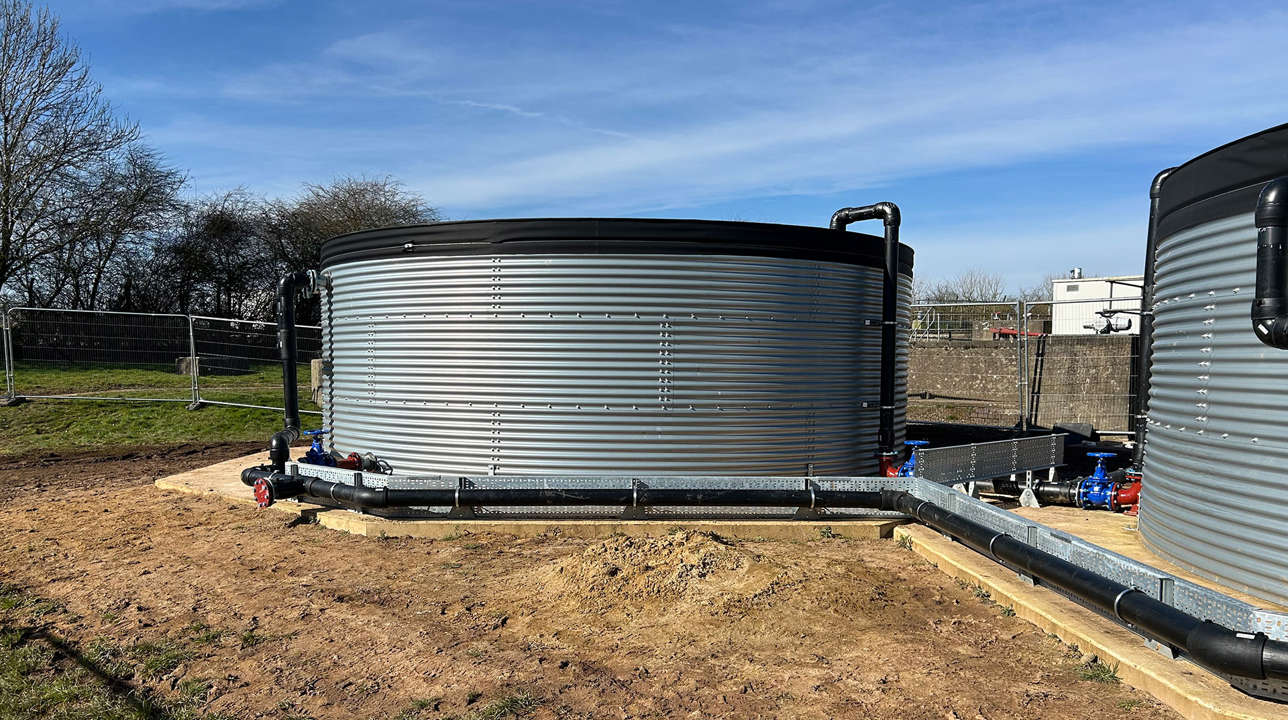As part of Severn Trent’s commitment to reducing storm water discharges and improving river health, Kier has played a key role in the construction of 60 stormwater storage tanks across the Midlands. These tanks provide critical stormwater capacity, preventing system overloads and reducing the need for discharges into local waterways during heavy rainfall.

60
new storm water tanks
across the Midlands
10,150m3
of new water capacity created
in the network
The equivalent of
>4
Olympic-sized swimming pools
“Our success on this programme demonstrates the strength of Kier’s 360 approach. By bringing together expertise from across the Group, our client, and our supply chain partners, we were able to design and deliver bespoke solutions at pace. This collaborative way of working not only helped us meet Severn Trent’s challenging timescales but also ensured long-term resilience and environmental benefits for local communities.”
Paul Wallis, Programme Lead
Our 360 approach in action:
Kier’s 360 approach involved technical capability and expertise from across the Group with Kier Design providing the civil engineering and Mechanical, Electrical, Instrumentation, Control and Automation (MEICA) design elements of the project.
To upgrade the resilience of the existing infrastructure during the development, Kier Design also made recommendations to renew site instrumentation, repurpose existing equipment and improve access for maintenance activities.
Supporting our client’s objectives
The tanks were designed with custom-built foundations tailored to each site, with varied tank sizes allowing us to maximise efficiency without compromising performance, while improving the carbon footprint of each site.
Completion of the project has supported Severn Trent’s large-scale programme to capture storm overflows, with the client completing 1,500 engineering projects to cut discharges across their region.
Long term, environmental benefits
Kier’s role in this programme has been critical, with our work strengthening Severn Trent’s ability to manage, capture and store additional volumes of stormwater. These installations provide greater resilience against extreme weather events, supporting the long-term goal of reducing pollution and improving river ecosystems.




